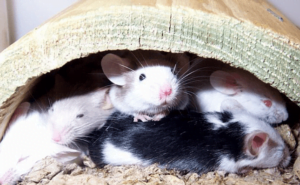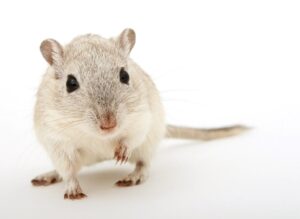rodent-control-for-historic-homes-preserving-the-past-eliminating-pests
Keep historic and older homes safe from rodents.

Rodent Control For Historic Homes: Preserving The Past, Eliminating Pests
Why Rodent Infest Older Homes- Rodent Control For Historic Homes: Preserving The Past, Eliminating Pests. (517) 999-5008. Did you know that rodents can cause significant damage to historic homes? A study conducted by the National Pest Management Association found that rodents are responsible for approximately 25% of all house fires in the United States.
With their ability to chew through electrical wiring, insulation, and structural materials, these pesky pests pose a serious threat to the preservation of our cherished architectural treasures. But fear not, for there are effective strategies and techniques that can help you eliminate rodent infestations while still maintaining the integrity of your historic home. So, how can you ensure the past is preserved while getting rid of these unwanted guests? Let’s explore the world of rodent control for historic homes together.
Why rodents keep coming back.
Why don’t rodents stay outside?
As external temperatures decrease and sustenance becomes rarer, rodents often find refuge in buildings or even vehicles. If your home isn’t in a cold winter zone, other triggers like natural disasters, drought, pandemics, and residential or business expansions might attract rodents. According to the U.S. Drought Monitor, 49.59% of the U.S. and 59.3% of the lower 48 states are in a drought, impacting water supplies, crops, and vegetation. As a result, rodents will seek resources elsewhere.
Even in places with sparse vegetation, mice can survive in leaf heaps, compost containers, trash piles, and more. Roof rats frequent untrimmed trees, particularly palm trees. Maintaining a clean yard and well-kept landscape prevents rodents from inhabiting your premises.
If you’ve exercised all possible measures to limit access to food and water and yet detect rodent presence, they may be obtaining it elsewhere. Rats can cover over 100 feet and mice up to 30 feet from their haven in search of sustenance. Explore surrounding areas and remember that water sources might not be clear. Citrus trees, AC condensation, and faulty sprinkler systems can supply rodents with the hydration they need.
Rodents are natural contortionists.
Safeguard historic houses from rodents with preventative measures. Stop rodents from entering through doors by fitting rodent-resistant door sweeps. Additionally, seal holes, cracks, or gaps with a rodent-resistant material with a waterproof sealant for extra safety. Ensure the repaired surface is smooth to keep rodents from gnawing it. Mice can wiggle through a dime-sized hole and a ¼-inch gap, whereas rats can squeeze through holes the size of a quarter and a ½-inch gap.
EXPERT TIP: Extensive gnawing around the exterior of your attic in the fall may indicate that you have squirrels.
Rodent Control For Historic Homes: Preserving The Past, Eliminating Pests
3 rodent control strategies that to keep historic homes safe from rodents.

1. Examine your property for paths rodents might use. Dealing with mice or rats implies you’re attempting to eliminate creatures that have inhabited the building or linked subterranean sewers for generations. They’ve mentally mapped their surroundings and are constantly vigilant. The instant a trap is introduced into their habitat, they become wary and evade the zone.
2. Be cunning in trap placement. Stay clear of setting traps by the room’s edge. Instead, position pre-loaded, unset traps near areas showing activity such as grease marks from fur, urine-marked territories, and persistently darkened places. Leave unset traps along high-traffic lanes for at least 3 days to cultivate rodent trust in their safety.
3. Rodent management necessitates a tailored approach; trialing divergent bait types, sizes, and textures may prove an effective tactic—as is using various trap materials (plastic and wood).
Key Takeaways
• Rodents can cause significant damage to historic homes, including chewing through electrical wiring, insulation, and structural materials.
• Rodents pose a serious threat to the preservation of architectural treasures due to their ability to contaminate surfaces with droppings and urine.
• Common entry points for rodents in historic homes include gaps or cracks in the foundation, walls, and roof, as well as improperly sealed doors and windows.
• Integrated pest management strategies, such as sealing entry points, keeping the yard clean, and using traps and baits strategically, are crucial for long-term rodent control in historic homes.
. At such times, reaching out to an expert proves beneficial. Our Wolverine rodent control technicians can proficiently address your urgent rodent control needs and provide preventative solutions. Get in touch today for additional details and a complimentary quote.
